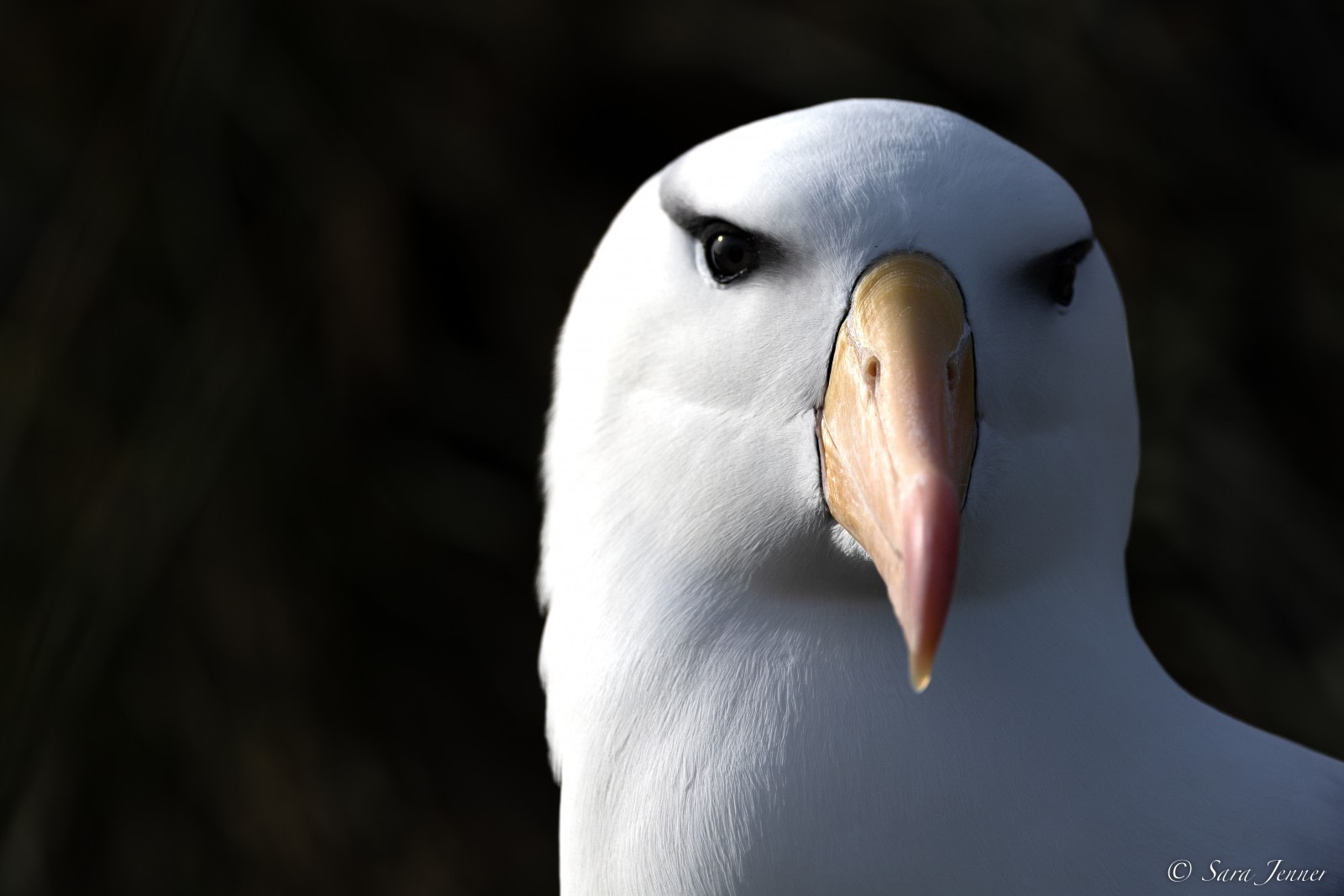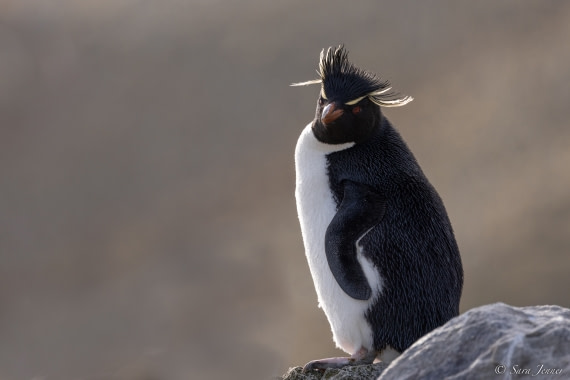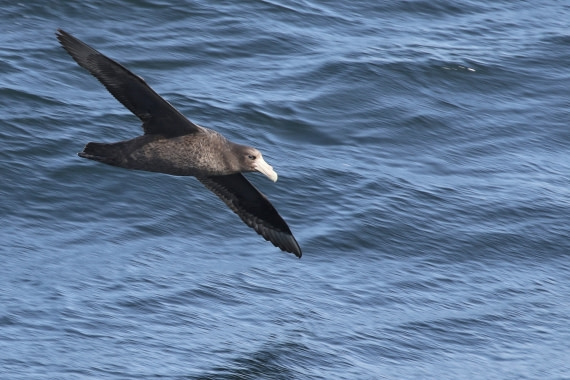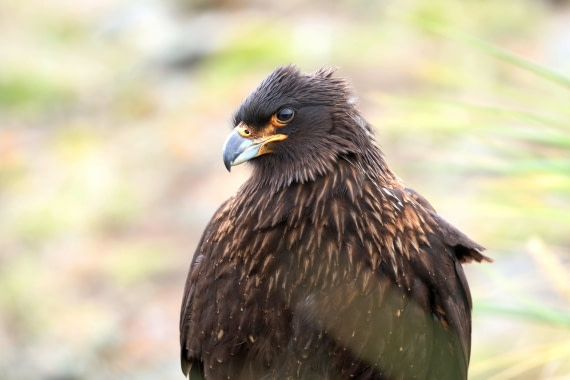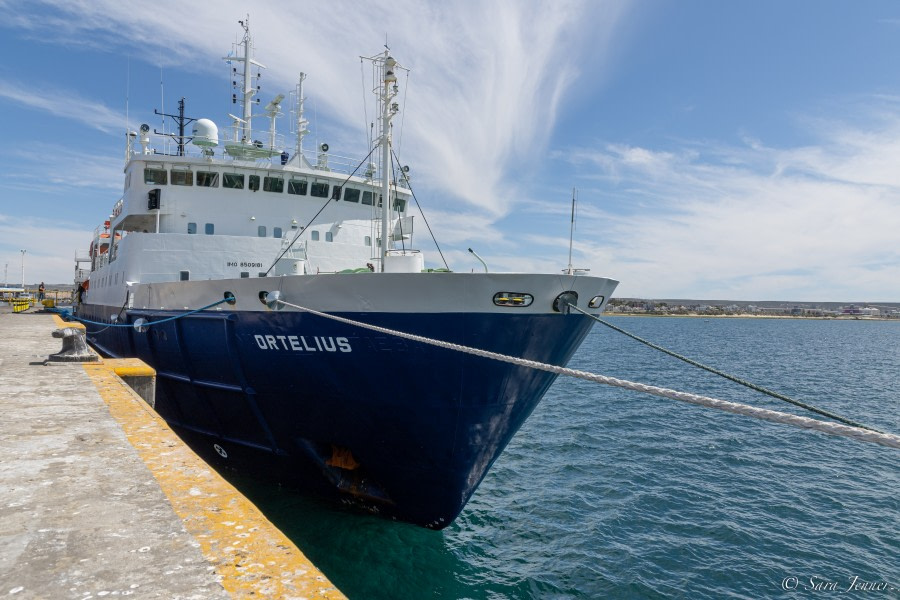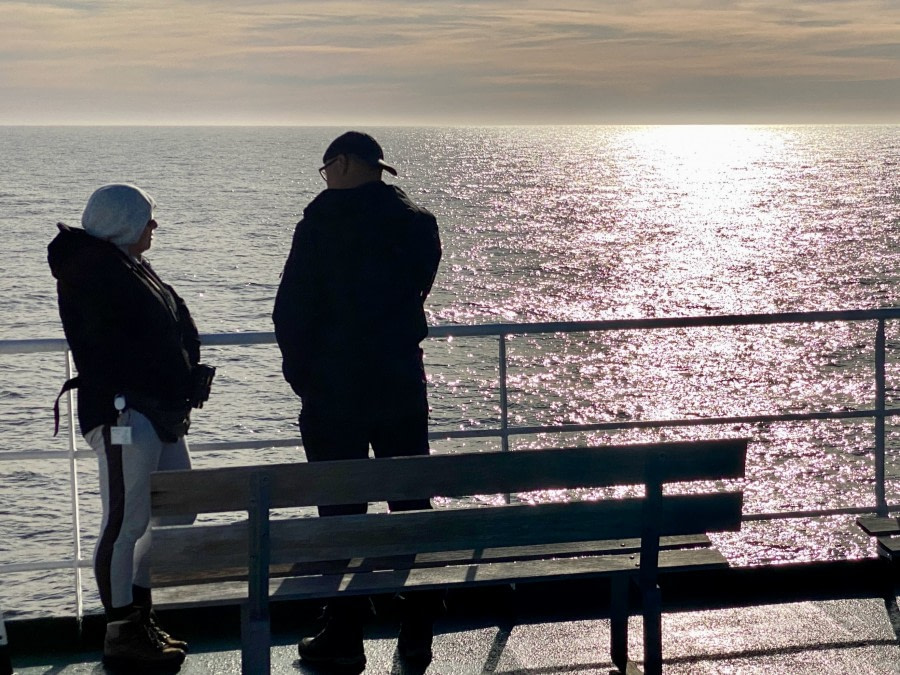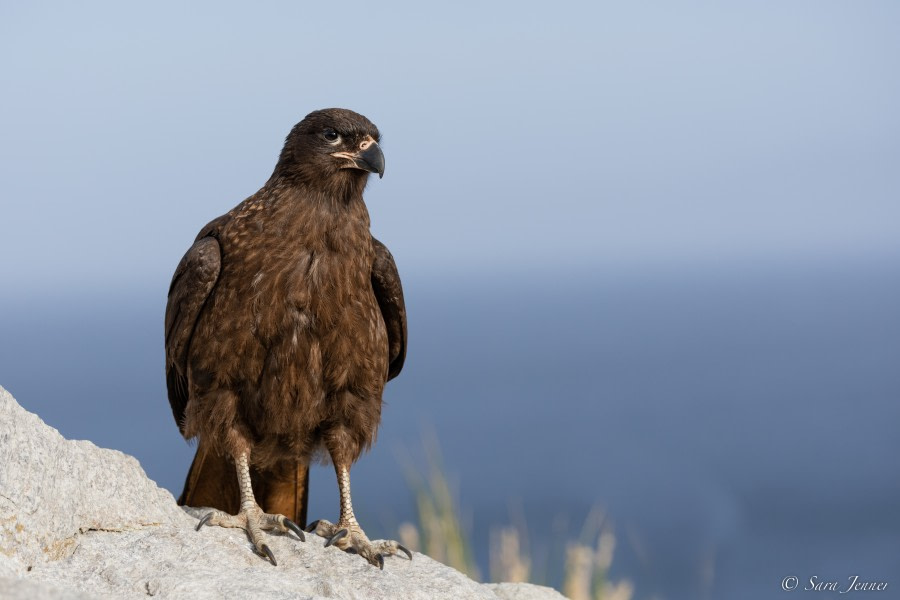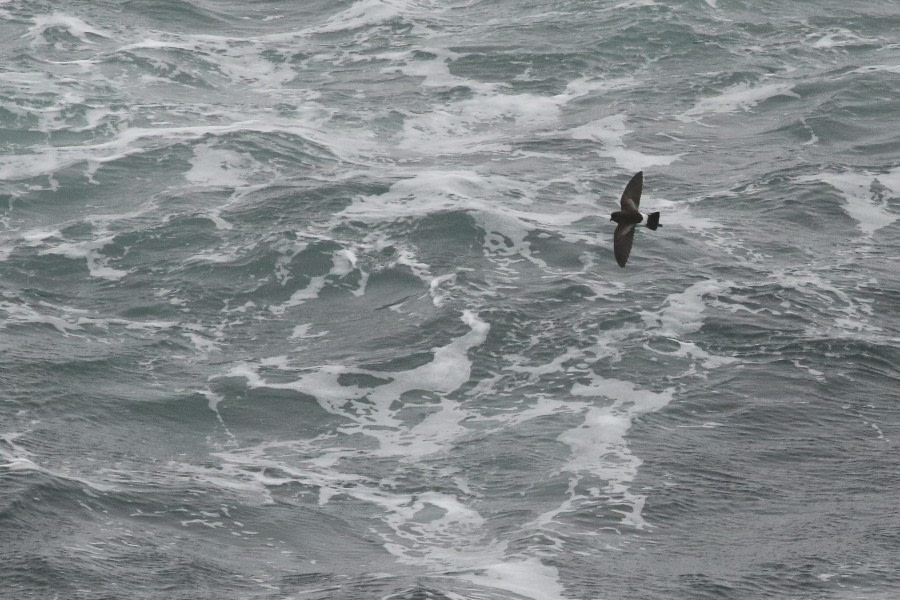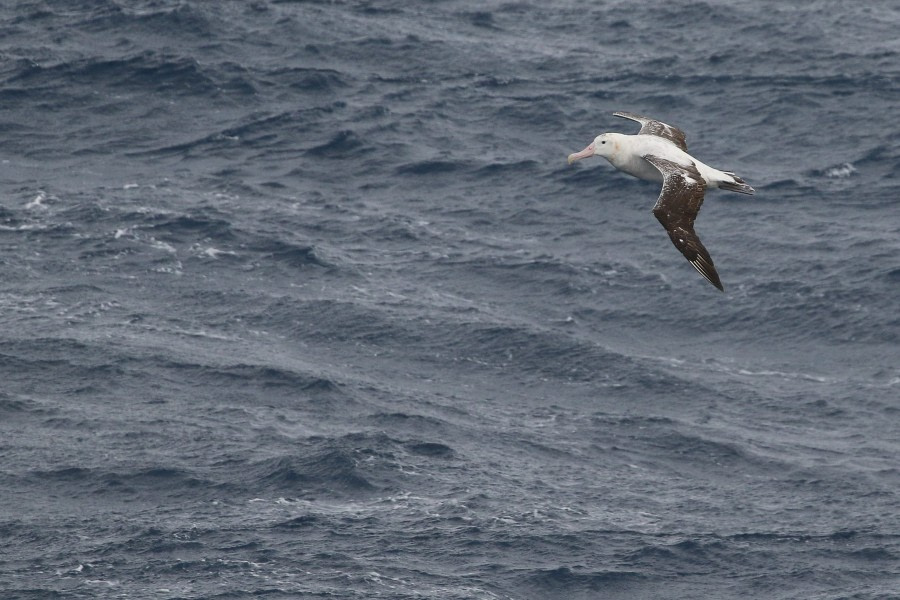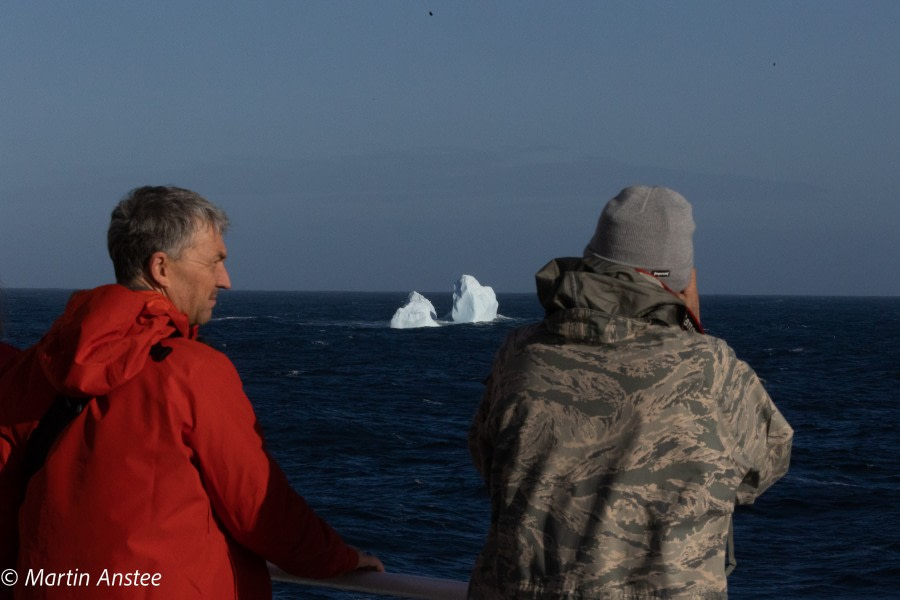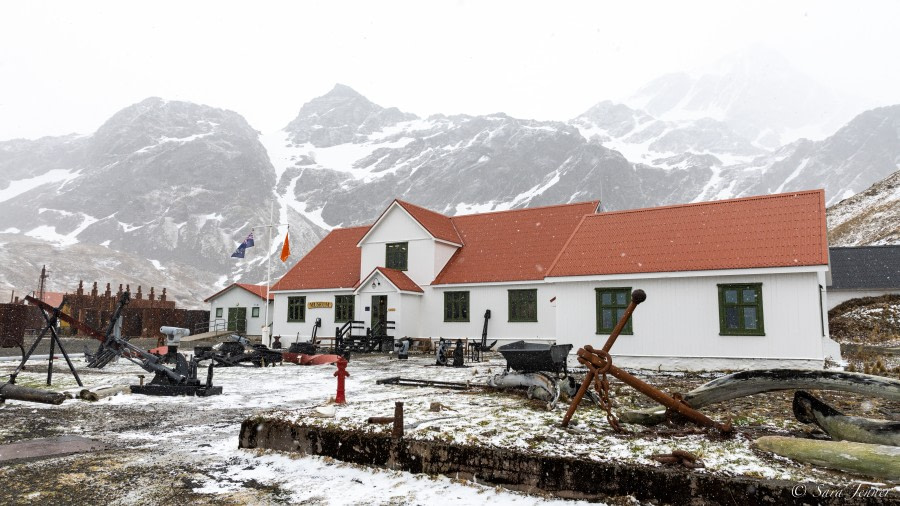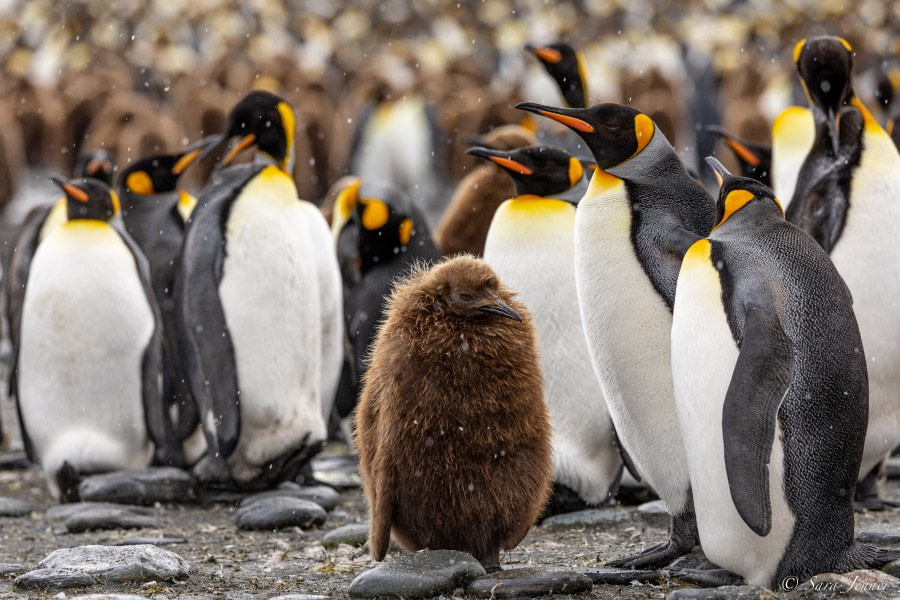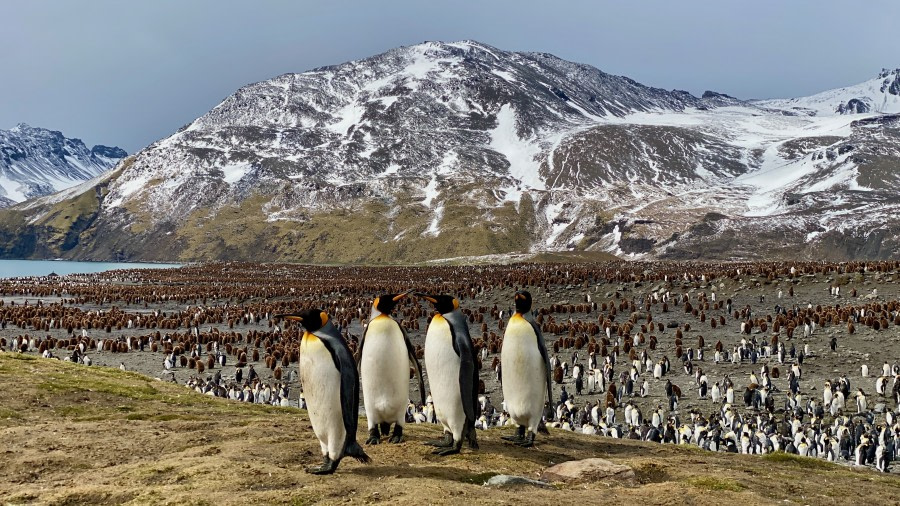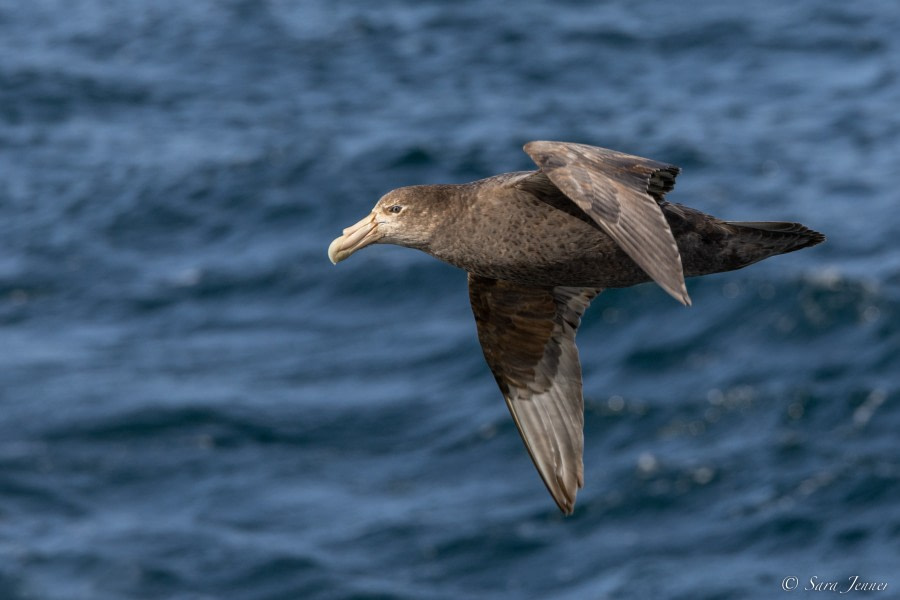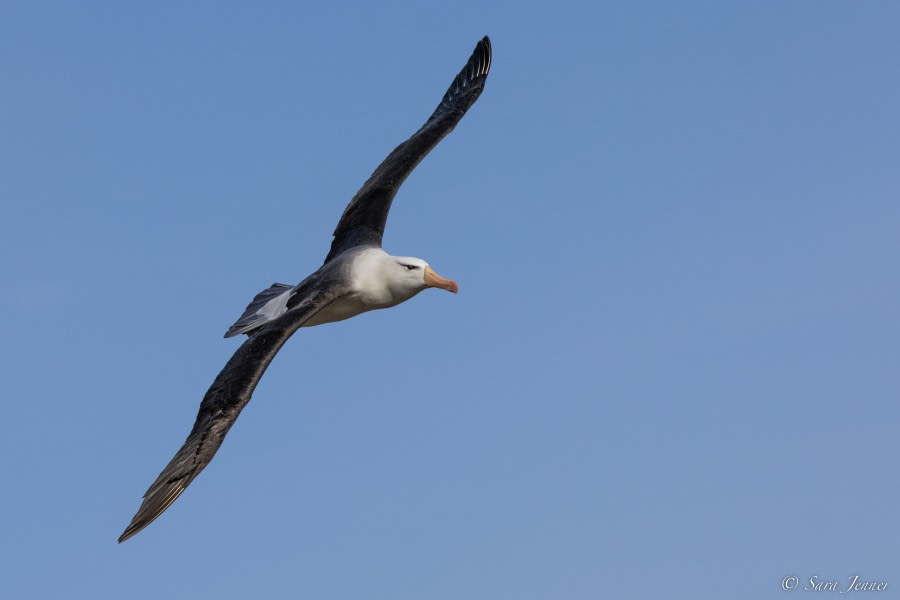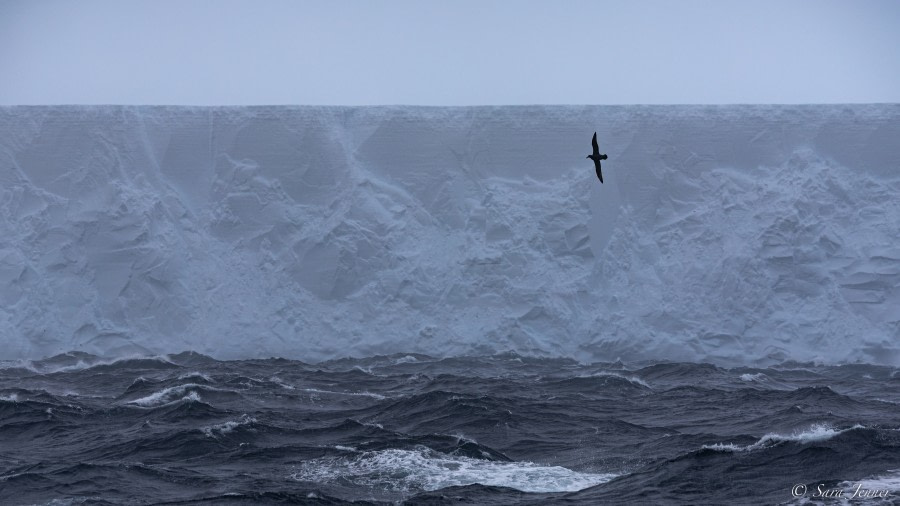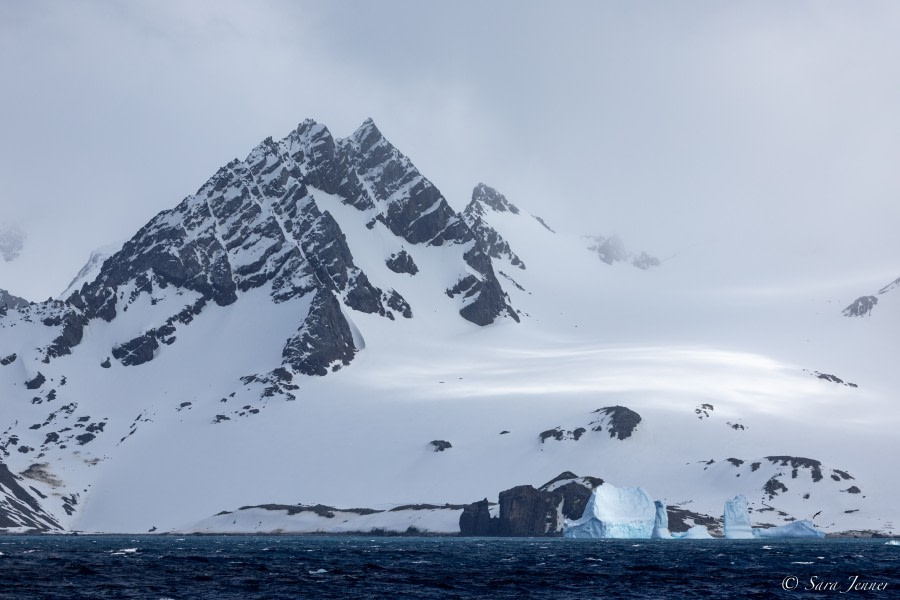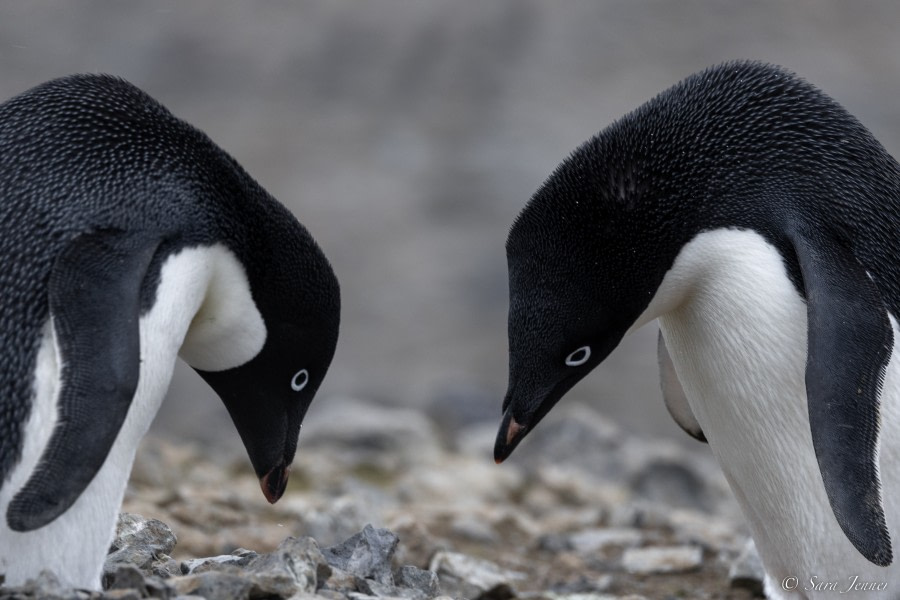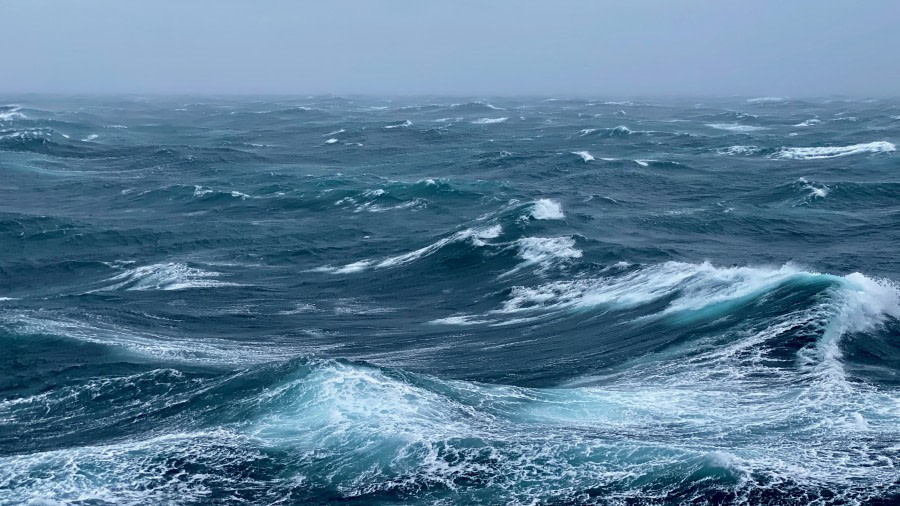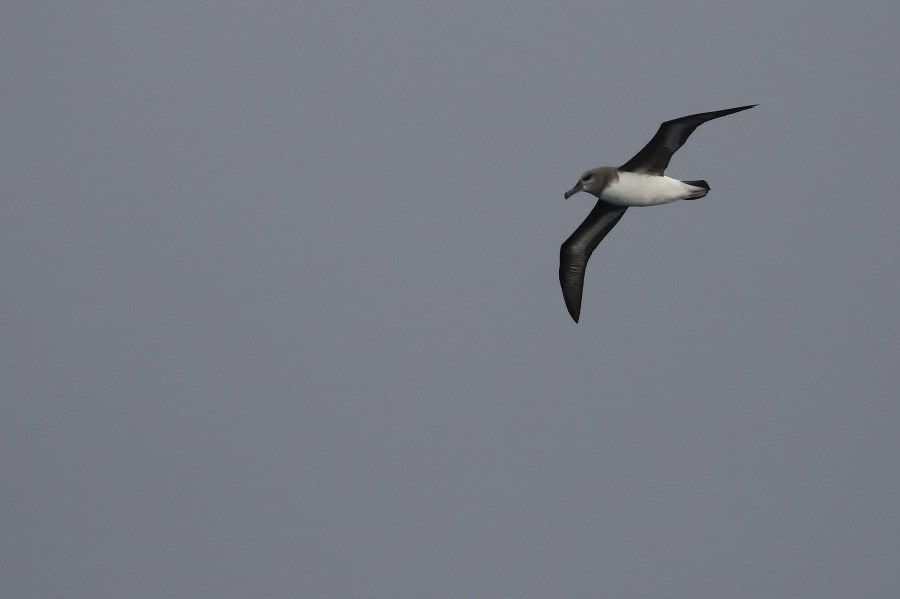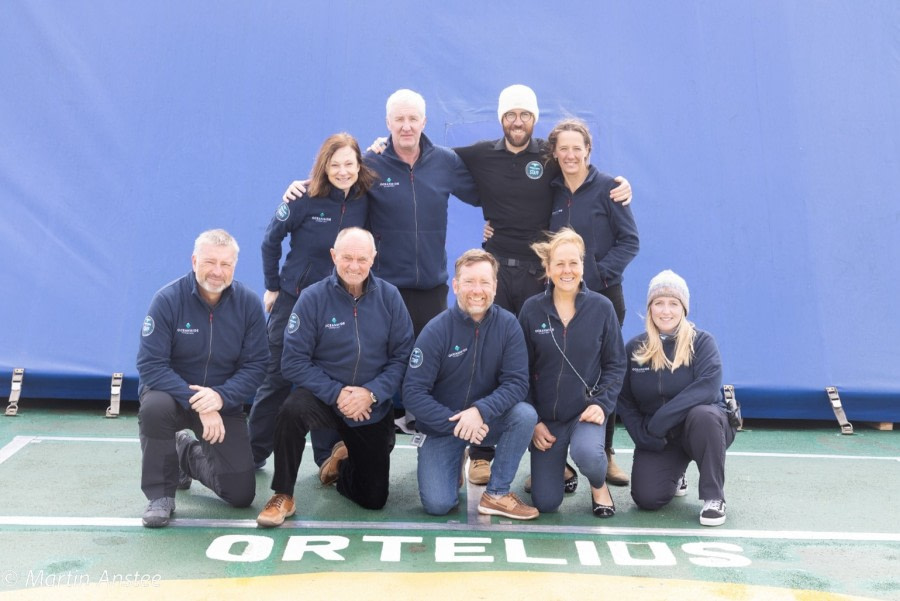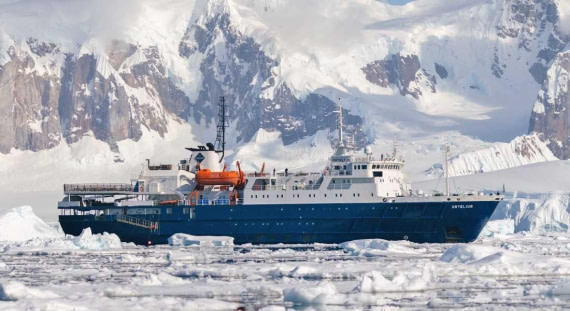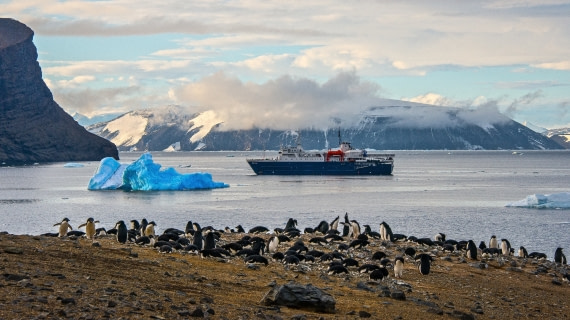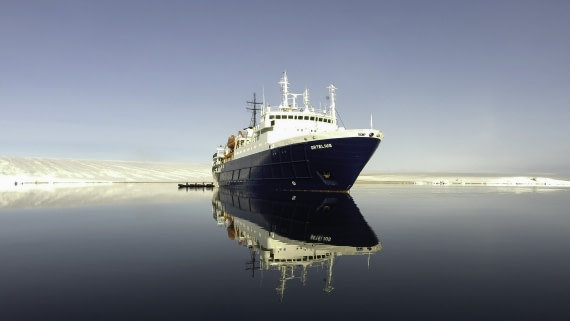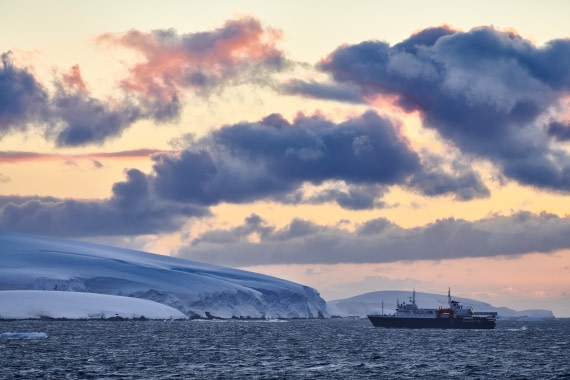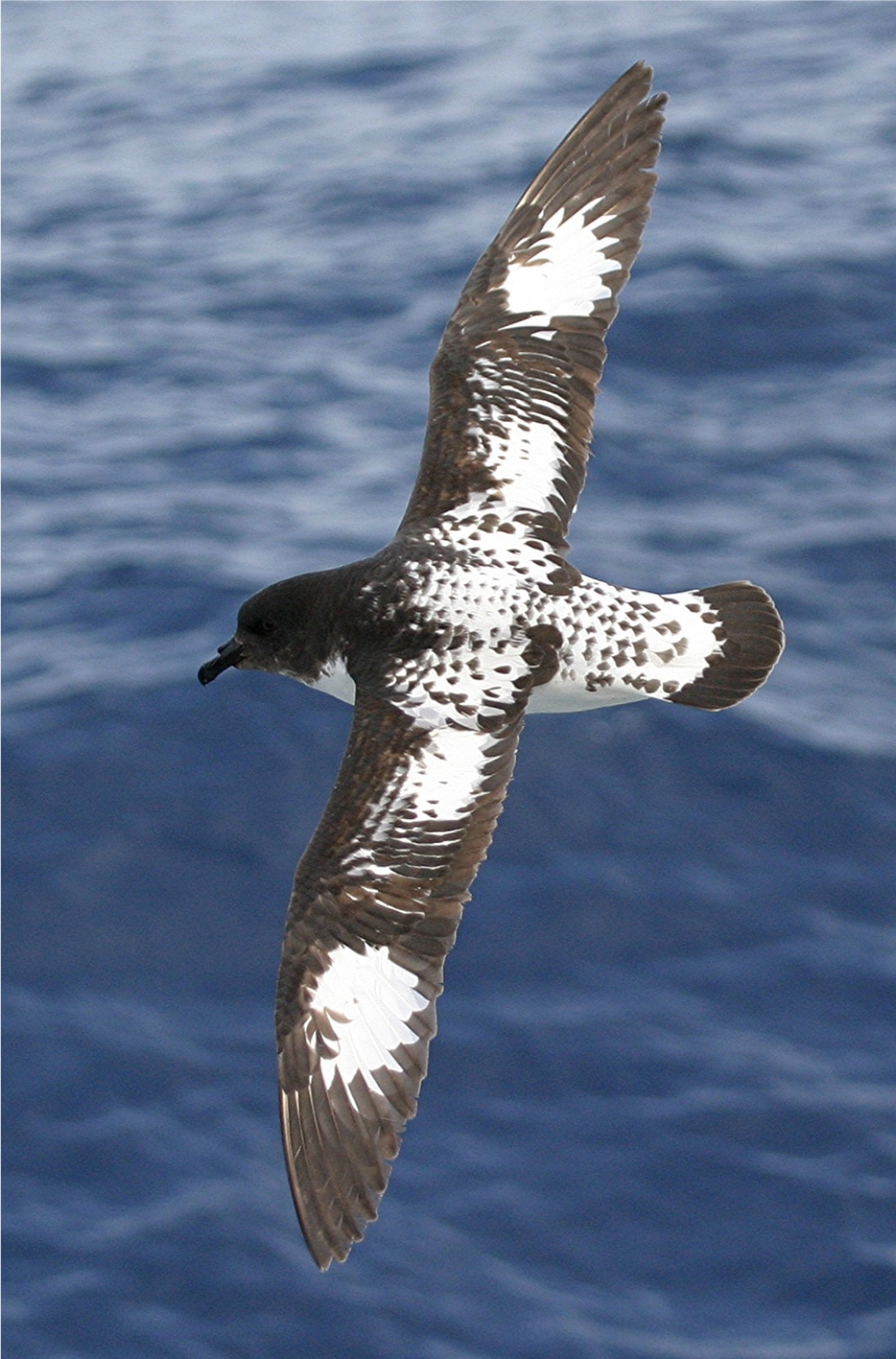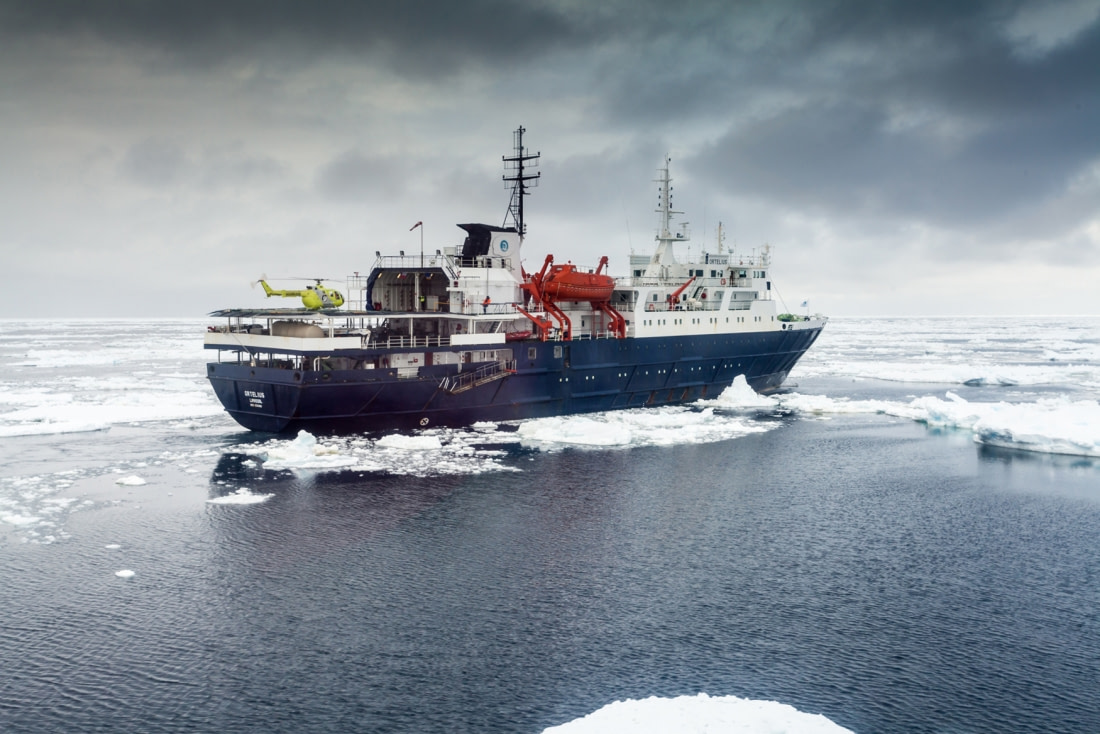| Date: | 25.10.2022 |
| Position: | 42°45’.71 S - 065°01’.44 W |
| Wind: | ESE 1 |
| Weather: | Sunny, scattered cloud |
| Air Temperature: | +21 |
Our group descended on Puerto Madryn over the course of several days. A few early arrivals saw our ship, Ortelius arrive on the 23rd after a long repositioning voyage from her home port of Vlissingen in The Netherlands. Come embarkation day, most people had already caught their first glimpse of Ortelius, which was docked at the pier. Everyone enjoyed time to explore Puerto Madryn at their leisure ahead of boarding the ship.
Embarkation was set for 16:00 onwards. A handful of eager guests arrived ahead of time and enjoyed the sun while observing dock life. Once embarkation began, there was a steady flow of excited arrivals. The expedition team were on hand to greet us and assist with the scanning of luggage by the local port authority. Then it was time to climb the gangway and board our home for the next three weeks. While the crew and expedition team delivered luggage to cabins, we made our way to reception with passports at the ready to check-in with Hotel Manager Stephen Bell and his team. Then it was time to find our cabins and start settling in.
The Puerto Madryn harbour pilot boarded the ship at 17:00, and we pulled away from the dock at 17:35. Our adventure had begun! Many of us were up on deck for the departure and to see Puerto Madryn slowly fade away in our wake. The next stop was the Falkland Islands, two days sailing away.
As nice as it was up on deck, there was important business to be done. We were called to the Lecture Hall for important briefings by Expedition Leader Adam, Hotel Manager Stephen and ship’s doctor Veronique. Then there came a mandatory safety and lifeboat drill conducted by the Chief Officer. At the end we were instructed to return to our cabins, put on warm clothes, and stand by for the sounding of the general emergency alarm. Upon hearing the alarm, we reported to our muster stations, either in the Dining Room or Bar, and were taken to our respective lifeboat stations. With the drill complete, many of us remained out on deck catching glimpses of seabirds and distant whale activity.
At 19:00 we were invited to the bar to enjoy a welcome aboard drink, before heading off to dinner at 19:30. There was a great atmosphere during our first meal onboard, created by the prospect of what lay ahead. It was a fantastic feeling to be underway at last. The day ended with a glorious sunset as we made our way towards the Puerto Madryn narrows and the open South Atlantic Ocean. We were about to enter a belt of latitude known as the “Roaring Forties”. We hoped they would be kind to us!!
